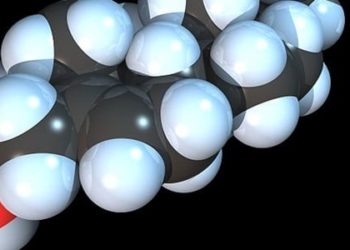Idiopathic inflammatory myositis linked to statin exposure
1. In this case control study from Australia, patients with histologically confirmed idiopathic inflammatory myositis (IIM) were more likely to report exposure to statin medications than population-matched controls.
2. The connection between statin use and IIM remained after excluding necrotizing myositis.
Evidence Rating Level: 3 (Average)
Study Rundown: Statins are among the most commonly prescribed medications, with an established risk of myalgia and rhabdomyolysis. Recently, a new entity of statin-associated autoimmune myopathy with specific anti-HMG-CoA reductase antibodies has been recognized as a distinct entity. Other studies have suggested statins may increase the risk of other autoimmune myopathies. The current case control study sought to evaluate any link between statins and IIM using a population of histologically confirmed IIM and age- and sex-match population control. The study found that there was a two-fold increase in the odds of statin exposure for patients with IIM compared to the control. The increased likelihood of statin use remained significant even after excluding the necrotizing myositis patients.
The main strength of this study included the large number of histologically confirmed IIM patients. The main limitations include the self-reported medication histories without data on dose or type of statin, and confounding factors including the increase in population use of statins over the study period with statin use in the control population taken from only a narrow time window.
Click to read the study in JAMA Internal Medicine
Relevant Reading: Statin-Associated Autoimmune Myopathy
In-Depth [case-control study]: This study is a retrospective case control study of patients with histologically confirmed IIM (polymyositis, dermatomyositis, inclusion body myositis, necrotizing myositis, and nonspecific chronic inflammatory myositis) from 1990 to 2014 in South Australia. The control group was comprised of participants from the North West Adelaide Health Study between 2004 and 2006, and were randomly collected in a sex- and age-matched design with a 3:1 ratio to the case population. Participants were excluded if they were younger than 40 years old (due to low use of statins below this age) or reported no medication use at the time of IIM diagnosis. Statin exposure was self-reported in the IIM case group and obtained from national dispensing data for the control group.
Statin exposure was reported in 68 of 221 patients (30.8%) and 142 of 662 matched controls (21.5%, P =0.005), with the likelihood of statin use for IIM increased with an adjusted odds ratio of 1.79 (95%CI, 1.23-2.60; P = .001). After excluding necrotizing myositis, similar odds ratios were obtained (1.92; 95%CI, 1.29-2.86; P = .001).
Image: PD
©2018 2 Minute Medicine, Inc. All rights reserved. No works may be reproduced without expressed written consent from 2 Minute Medicine, Inc. Inquire about licensing here. No article should be construed as medical advice and is not intended as such by the authors or by 2 Minute Medicine, Inc.







